She/her. I’m a grad student that studies marine sponges and will talk about them all day if you ask. Love all things lacking a backbone. I do some nature photography as well and love binge reading Webtoons in my free time.
Don't wanna be here? Send us removal request.
Text
19K notes
·
View notes
Text
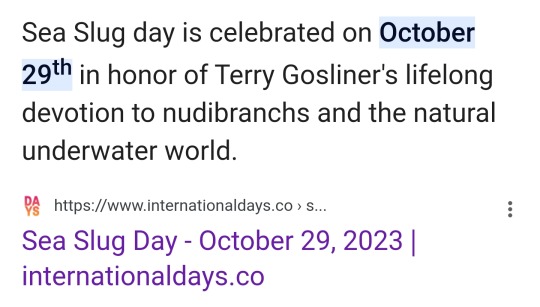

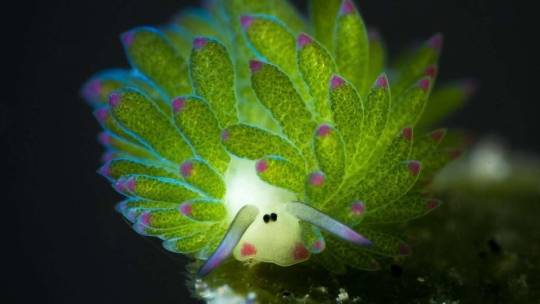
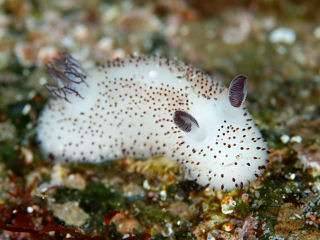
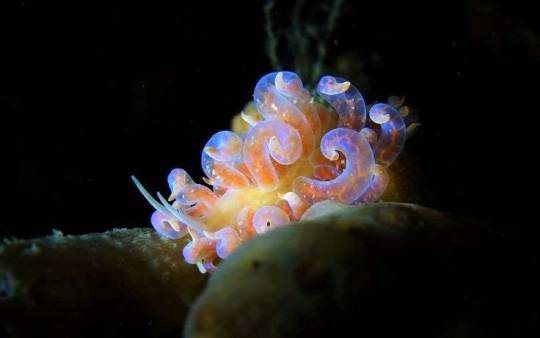
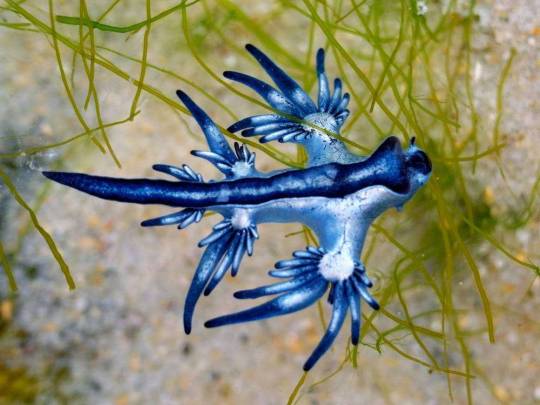
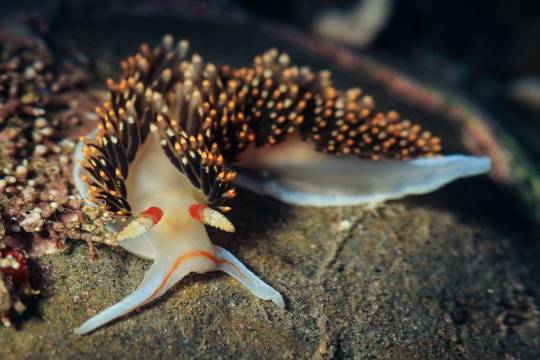
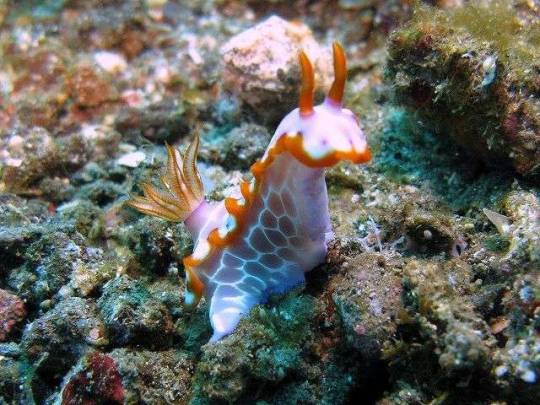

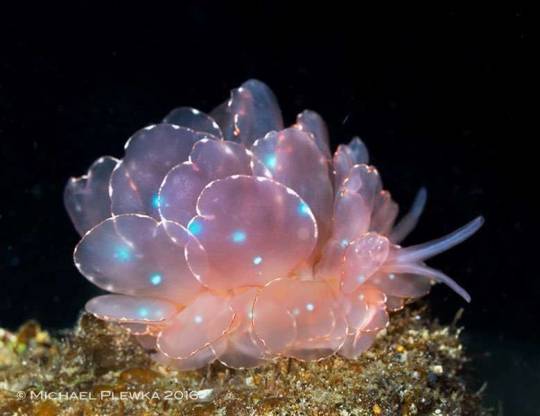


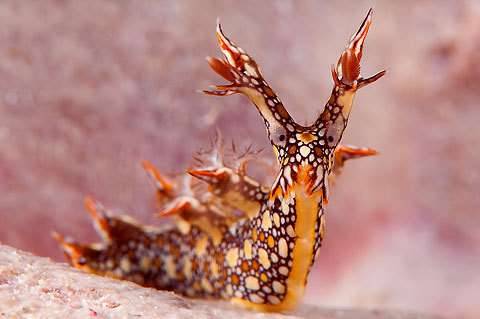
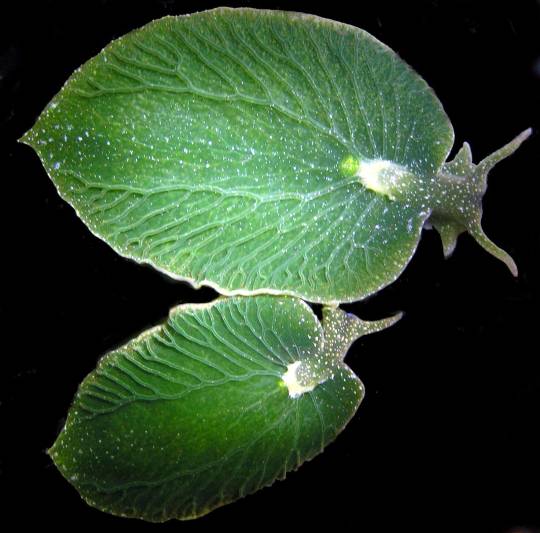

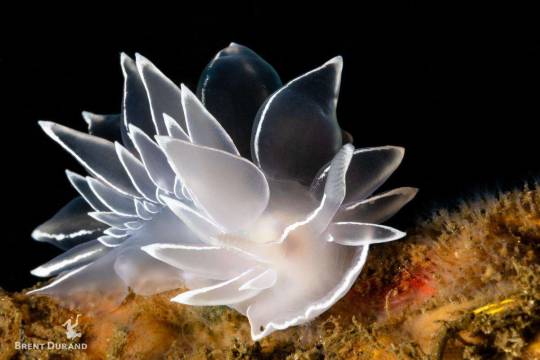





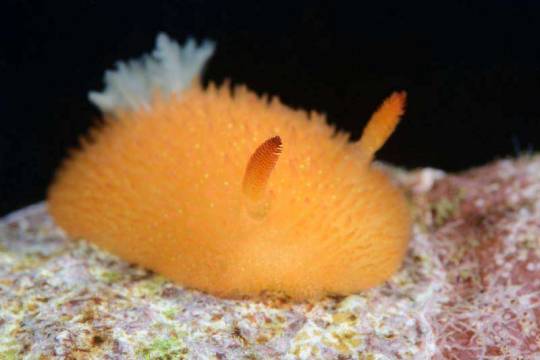



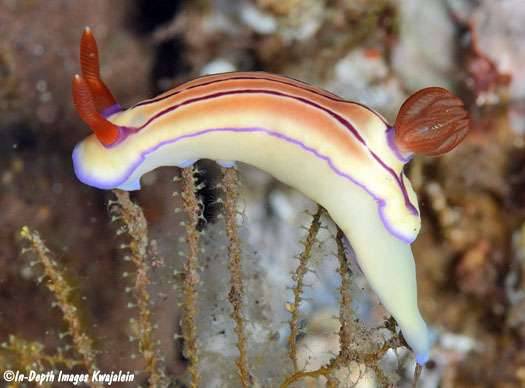
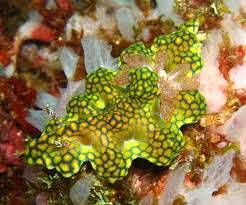


#can’t believe I almost missed it#sea slugs#sea slug day#nudibranch#marine invertebrates#invertebrates#not a sponge
43K notes
·
View notes
Text
It was lovely meeting this creature 🖤
Only had time for a relatively short wander with @thespongelady99 today, and wanted to introduce her to Snootfly. We found Snootfly (my first sighting of the year). 🖤
Panorpa lugubris, the mourning scorpionfly. Late fall/winter friends here in Florida. I missed them.

40 notes
·
View notes
Text
sometimes I think about how red is the first color in the visible light spectrum to be absorbed in ocean water
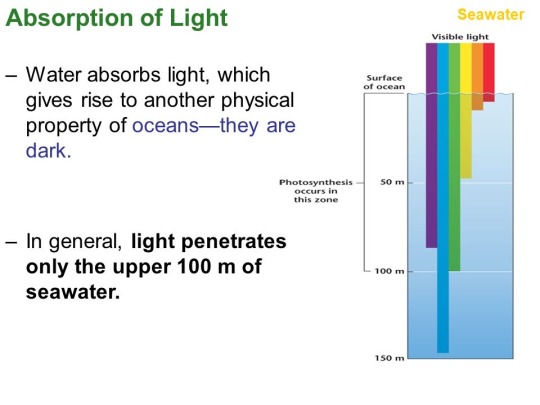
and how many deep-sea creatures evolved to be red as a stealth adaptation, making them near invisible when there’s little to no light present

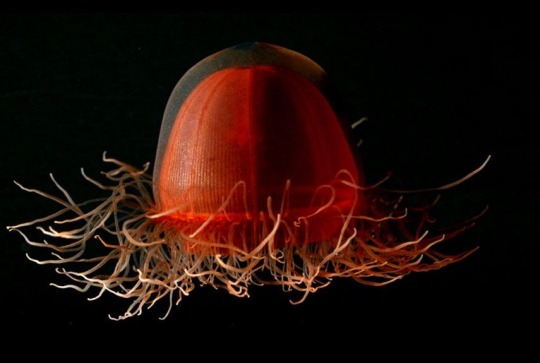

and it makes me think. If there’s never any visible light present in these animals’ lifetimes, if no ROV shines a little flashlight in depths that would otherwise not have light, would these animals ever get the opportunity to actually be red? that might be a stupid question.
imagine being a little deep sea creature and having no idea you’re red until something comes along and shines a light on you except you still wouldn’t be able to tell because you’re probably colorblind. anyway. I don’t know where I was going with this post
95K notes
·
View notes
Photo
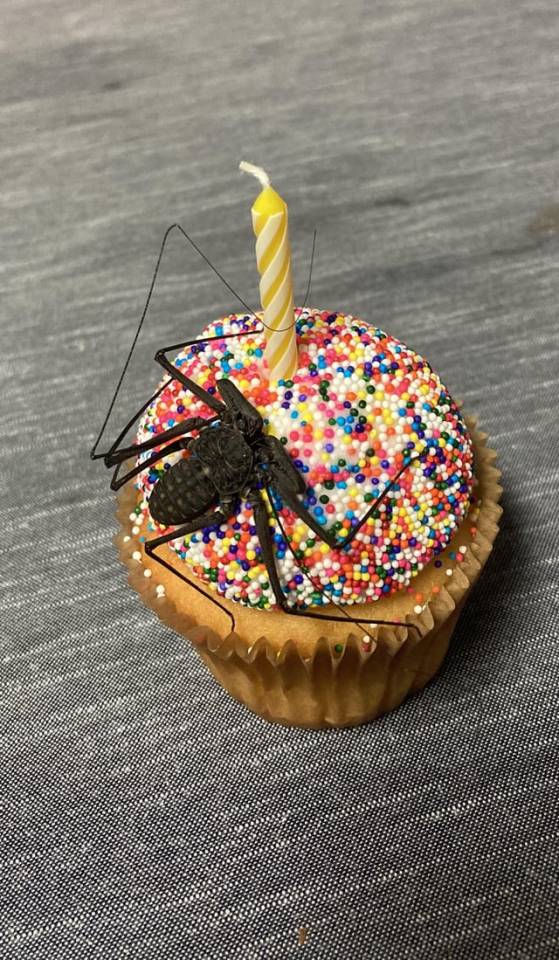
Happy birthday to Katie the tailless whipscorpion! (Order Amblypygi)
Posted to r/awwnverts by roguellama_420 on 10/11/23
Shared with permission - do not re-post!
#can’t believe I missed Katie’s birthday omg#bugs#arachnids#tailless whipscorpion#invertebrate#not a sponge
7K notes
·
View notes
Photo

The Urididae is a type of moth and it’s cocoon is a bright orange color, that sometimes looks golden. The cocoon is usually suspended on a long thread below a leaf.
The net structure of the cocoon allows for more airflow over the pupa. This prevent fungus and mold from being able to grow on it.
SOURCE
31K notes
·
View notes
Text

Newborn velvet worm crawling on its mother By: Raymond A. Mendez From: Natural History Magazine 1985
17K notes
·
View notes
Text
TWO INJURED SEA COMBS CAN FUSE INTO A SINGLE ENTITY, AND THRIVE
In a surprising new discovery, scientists have found that two injured individuals of Mnemiopsis leidyi, a species of comb jellies or ctenophores, can fuse into a single entity. This phenomenon, which challenges our typical understanding of biological processes, reveals just how remarkable these planktonic creatures truly are.
Ctenophores, known for their translucent beauty and delicate movement in the ocean, appear to lack a mechanism called allorecognition—the ability to distinguish between self and non-self. This means that, when two comb jellies are injured and placed close together, they can merge, not just physically, but also functionally. Their nervous systems combine, allowing them to share nerve signals (or action potentials), and even their digestive systems become one.
The discovery was made by Dr. Jokura and his team, who were observing comb jellies in a seawater tank. After removing parts of their lobes and placing them side by side, they were astonished to see 9 out of 10 injured comb jellies fuse to form a single organism. Even more fascinating, the newly formed organism survived for at least three weeks, with its muscle contractions fully synchronized within just two hours. The digestive system also fused, enabling food taken in by one mouth to travel through their shared canal and exit through both anuses—although not at the same time!
While the exact benefits of this fusion are still unclear, the researchers believe that studying this phenomenon could provide valuable insights into how organisms integrate nervous systems and even how tissue regeneration occurs. It may also offer clues about immune system functions in species where the lines between individual organisms become blurred.
This discovery offers a glimpse into the hidden potential of the ocean’s lesser-known inhabitants, challenging what we think we know about biological boundaries and cooperation.
Video: Kei Jokura
Reference: Jakura et al., 2024. Rapid physiological integration of fused ctenophores. Current Biology
#omg merging ctenophores???!#marine biology#science#ctenophore#comb jellies#invertebrates#reblog#not a sponge
1K notes
·
View notes
Text
Edward Scissorlegs

(Ornate harvestperson 🤎)
46 notes
·
View notes
Text
They were truly some lovely ladies ❤️
Got to introduce @thespongelady99 to a few of the unknown-species Castianeira lasses this weekend. This one is likely pregger and that makes me happy. Will eagerly be on the lookout for her offspring next summer ❤️

78 notes
·
View notes
Text
thank you to whoever made this meme, it's a big hit in the lab and sends microbiologists into hysterics

37K notes
·
View notes
Text

#idk if I’ve already reblogged this#but sea mouse#polychaete#marine biology#invertebrates#marine animals#reblog#not a sponge
28K notes
·
View notes
Text
sea lemons 🍋 are my new favorite thing



and I know I can’t eat them but that doesn’t stop me from wanting to
1K notes
·
View notes
Text
Hollywood archaeology: Secret treasure! Hidden maps! Ancient tombs!
Actual archaeology:

#marine biology#marine animals#marine invertebrates#lobsters#crustacean#archaeology#reblog#not a sponge
99K notes
·
View notes
Text

Hey guess what it’s whelk Wednesday
321 notes
·
View notes
Text
I have similarly strong feelings about our very degraded native oyster reefs in the US. Oysters are so important to the water quality, and they also build important structural habitats for other organisms. Yet we’ve done so much dredging and over harvesting in their native range that our original reefs are practically nonexistent. Restoration projects are being done in many places now, so perhaps someday we’ll see large healthy oyster reefs again
I feel that often, people really disregard bivalves (and other sessile animals absolutely) as just a little more than background objects, somewhere between a plant and a rock, when they’re fellow animals just like us. I mean I get it, a mussel siphoning in water all day is less engaging than like a songbird darting about the woods or a sheep that walks around and that you can pet. But they really aren’t at all just machines!
Last year I had the pleasure of meeting adult freshwater pearl mussels, who were being showcased to raise awareness about their endangerment and ecosystem services. They had a few mussels in these small tanks to show how quickly they can clean the water — I’m sure you’ve seen the setup, there’s one really cloudy tank and a clear tank that used to be cloudy a few hours ago, but is now clear thanks to the filtering made by the mussels! One of the tanks had a strange sight in it: two still mussels and one… flailing one. Its light leg was fully out and waving about, and its shell was sort of lodged in the corner, upside down. When my friends and I asked what the matter with the mussel was, it had apparently been unsatisfied with its place in the sand that the scientists had put it in, and while trying to figure out a nicer position it had accidentally flipped itself over! Poor guy couldn’t quite get out from the corner for a while ToT
931 notes
·
View notes
Text






[PHOTOS TAKEN: JUNE 11TH, 2024 | Image IDs: Six photos of a large brown harvestman resting within a fold in a piece of rusty metal, its feeler legs hanging over the front in the latter five, although it appears more alert in the first /End IDs.]
31 notes
·
View notes